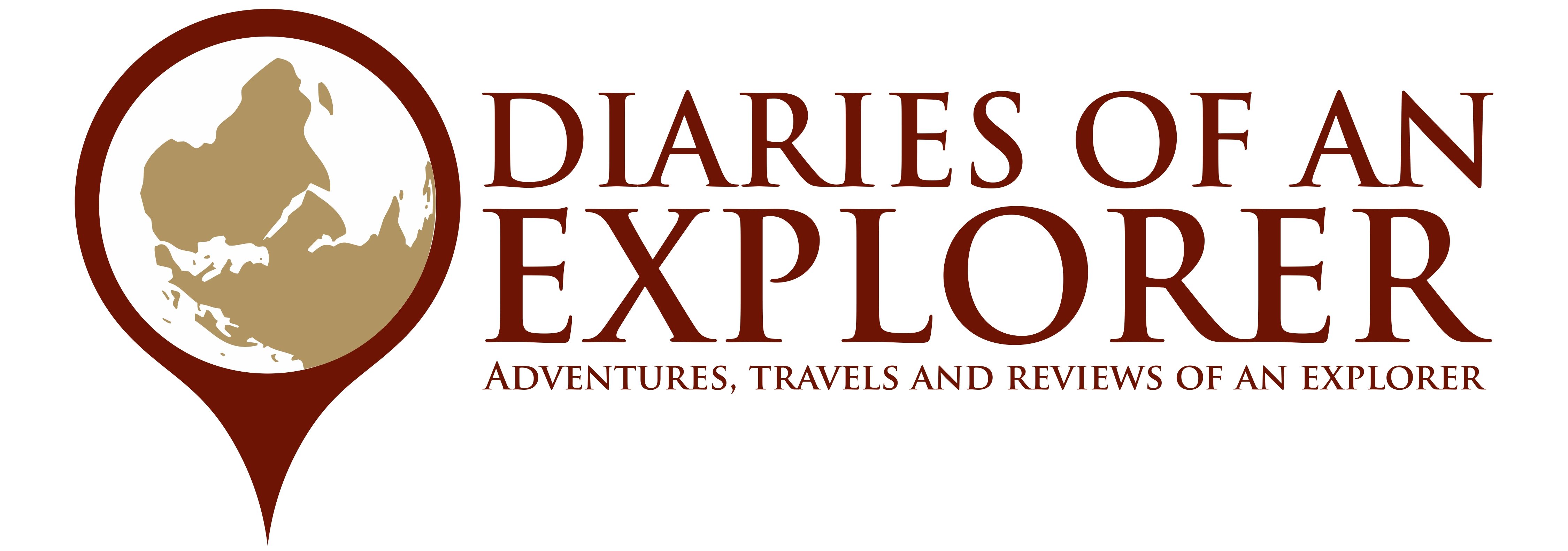During the morning of the 30th of July I left Zurich and in less than an hour by car I reached the following place, that is Lucerne.
The landscape is not different from the one of Zurich: in fact Lucerne is divided in two by the River Reuss that flows into the Lake Lucerne (Viewaldstattersee). In bright days the landscape is enriched by the Mount Pilatus, but I could not see it as that day was a bit cloudy.
This landscape can be seen nearby the main station, or Hauptbahnhof, in Europaplatz, the first seesight point.
As Lucerne has some many interesting attractions to see, here I’m going to illustrate the city symbols. If you follow the Bahnhofstrasse you can choose to cross the bridge (Seebrucke) or to reach the main city symbol: the Kapellbrucke, or Chapel Bridge,
built in the 14th Century as part of the city’s fortifications. In the middle of this wooden bridge the Wasserturm (Water Tower) dominates the Reuss river with its 34 meters ( 111,5 ft.), built around the 1300ca. This was used as archives, treasure, prison and torture chamber.
As you can see the entire Kapellbrucke is decorated with flowers on both sides of the bridge and this make it really stunning.
Under the ceiling of this bridge, that suffered of a fire during the 16th Century, in the 17th Century a hundred of paintings were added representing episodes of Swiss and Lucerne history, including the biographies of the city’s patron saints.
Once crossed the entire bridge you get to the old district of the city but I will talk about this in the next chapters. In fact the other main symbol of Lucerne is the Lowendenkmal, best known as “The dying Lion of Lucerne”.
This dying lion represents the heroic death of Swiss mercenaries that fought for the King of France during the French Revolution in the battle of Tuilieres in 1792.
This monumental rock is impressive and surrounded by flowers and water: Mark Twain described this monument as “the saddest and most moving piece of rock in the world” and this description suits perfectly what you can see here.
Close to the Lowendenkmal thereF’s a museum that I would have visited the day after and that really impressed me, the Gletschergarten museum, that will deserve an article itself. After having seen the wonderful dying Lion I started going uphill to the Museggmauer, a well-conserved portion of the defensive fortifications of Lucerne, subject of the next article dedicated to one of my top travel destinations.
You can find the full itinerary of Lucerne including the map in the summarized post here.
If you like this post, please share it and give some love after the subscribe banner 🙂
Get the latest adventure updates and the free guide How to travel in Europe!
Processing…
Success! You're on the list.
Whoops! There was an error and we couldn't process your subscription. Please reload the page and try again.












 F
F